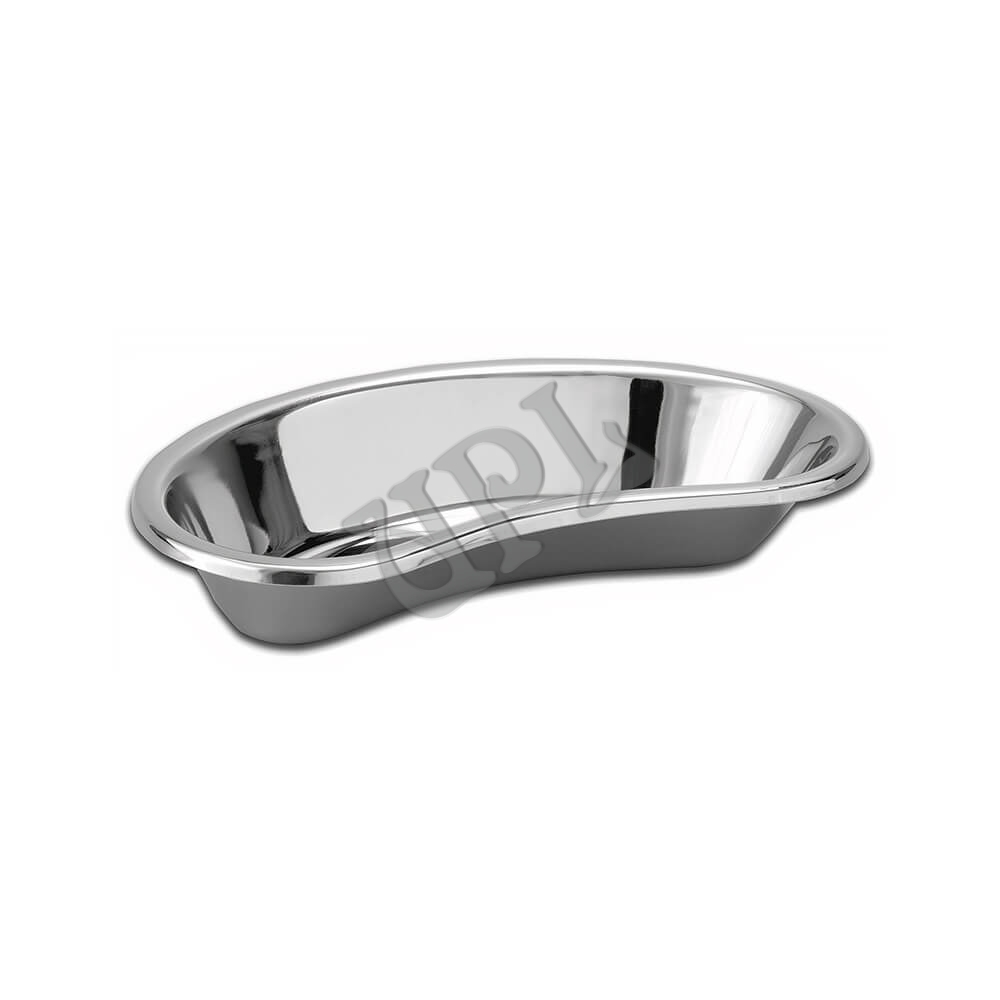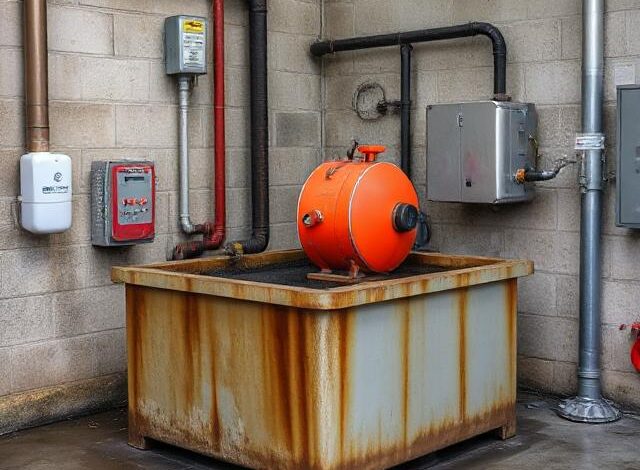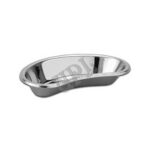
Get Complete Details about The Kidney Tray And Its Uses

There are plenty of important material instruments out there, but the kidney tray is a common choice of major hospitals. It is one of the multipurpose medical devices that gets its name from its unusual kidney-like form. It is designed to be particularly functional in a variety of medical contexts. As a result, it is made to fit pleasantly against a patient’s body. From gathering bodily fluids to storing medical equipment, the kidney tray is vital in clinics, hospitals, and home healthcare settings.
Common Material
There are two types of material: Stainless steel and plastic. Both are often used for kidney trays, but the new versions made of stainless steel are preferred due to their corrosion resistance, ease of sterilizing, and longevity. Plastic trays are inexpensive and lightweight, making them perfect for one-time usage to avoid cross-contamination. It is more comfortable for the customer to provide the best support in the hospital. It works better at all times and lets to use it for multiple purposes.
Uses of the kidney tray:
The primary function of a kidney tray is to collect and hold body fluids, such as vomit. It is more helpful in post-operative care and any other setting where a patient may feel queasy or throw up. The tray is available in various sizes and forms, and it is simple to place beneath the patient’s lips, a hygienic way to treat emesis.
Due to their shape, medical staff can quickly place them on surgery tables, and they must keep necessary items close at hand. If you want to keep things enclosed and clean, the trays can also move minor medical equipment or specimens from one part of the hospital to another.
Hygiene
Made of stainless steel, it is simple and easily sanitized in autoclaves. On the other hand, it can simply remove microorganisms by using high-pressure steam. It is repeated in environments where high hygienic standards need to be upheld. Plastic trays are frequently utilized in settings where disposability is beneficial, including infectious disease wards, for different purposes.
Historical Context:
The kidney tray has been used in medicine for a very long time. Its development is linked to the advancement of infection control and surgical techniques. Earlier iterations of the tray were constructed from porcelain or enamel-coated metal, which were more difficult to clean and sanitize. The use of disposable plastic trays further increased its use, especially in contemporary healthcare systems that place a high priority on cost-effectiveness and infection control.
Modern Innovations:
Advancements in materials science and manufacturing have developed kidney trays with antibacterial qualities. The trays integrate measurement markers into the design, enabling medical professionals to track fluid outflow precisely.
Conclusion:
This type of design has proven invaluable in various healthcare settings. It is made of plastic for convenience and disposability or stainless steel for durability and reusability. The kidney tray changes even more as medical technology develops, adding new components to healthcare providers’ ever-evolving needs. Hence, it is important to have it in hospitals.






